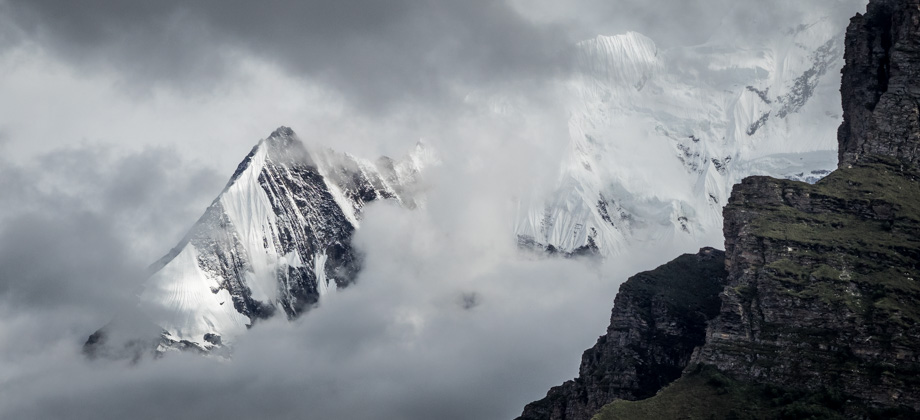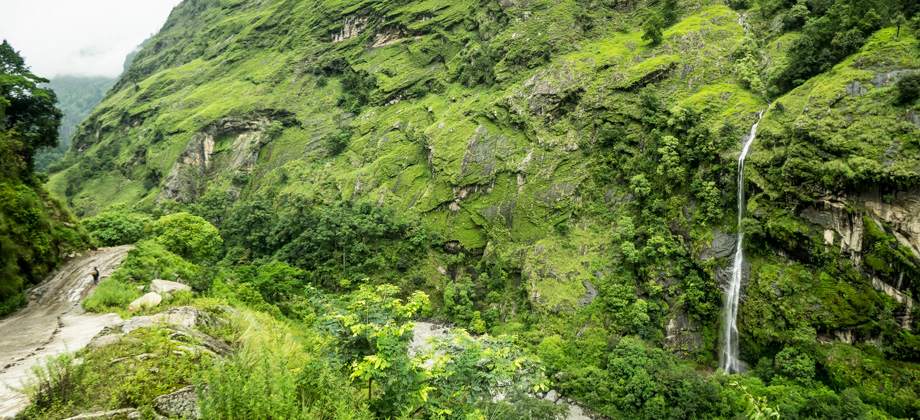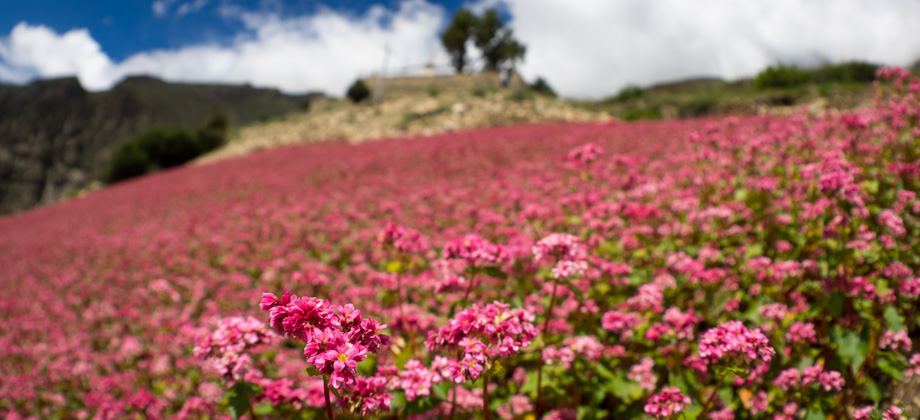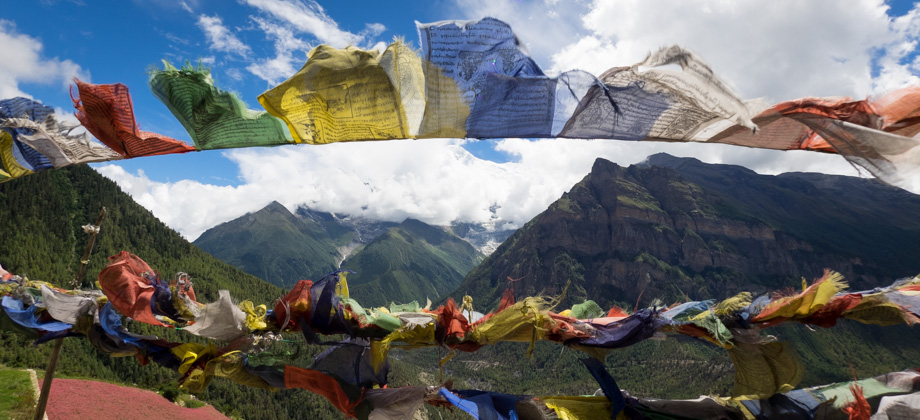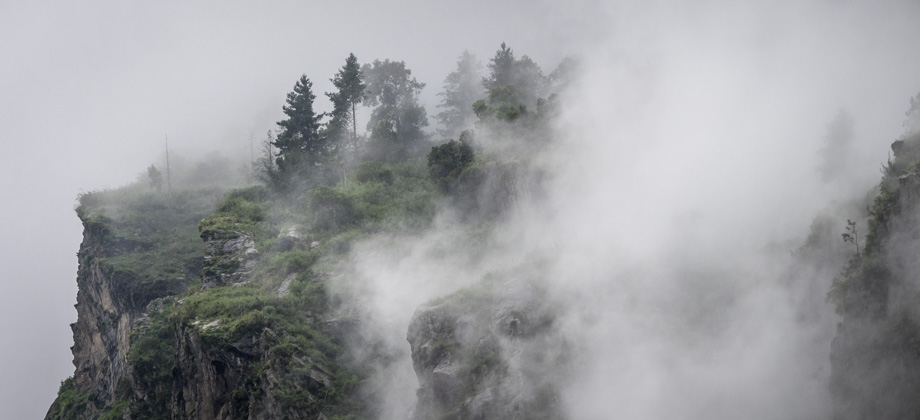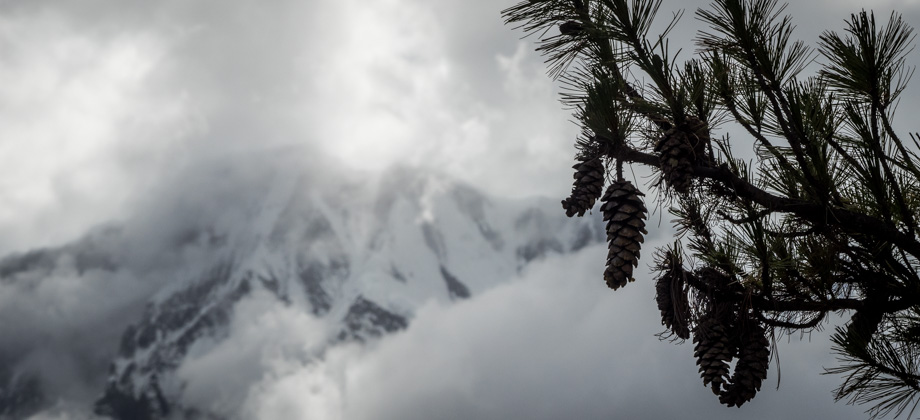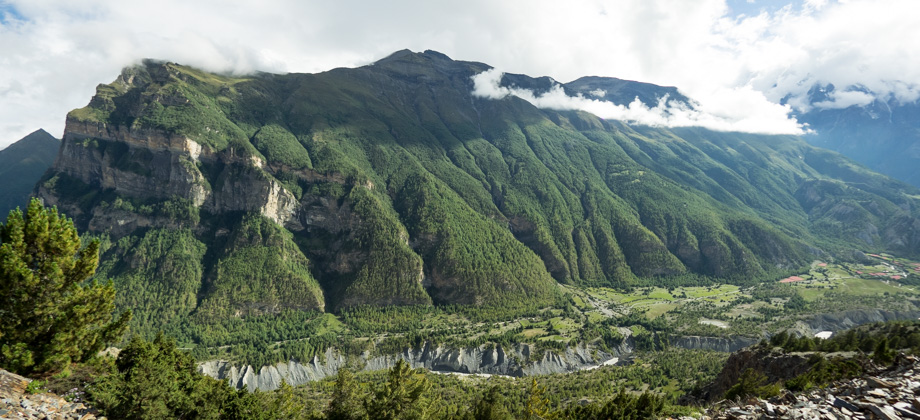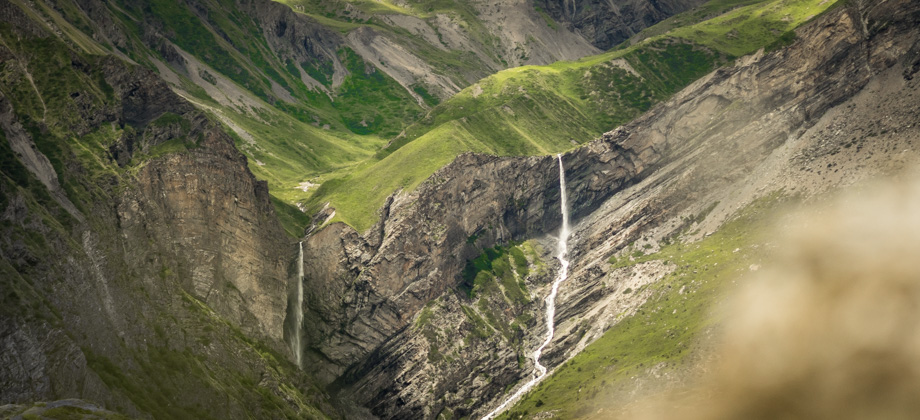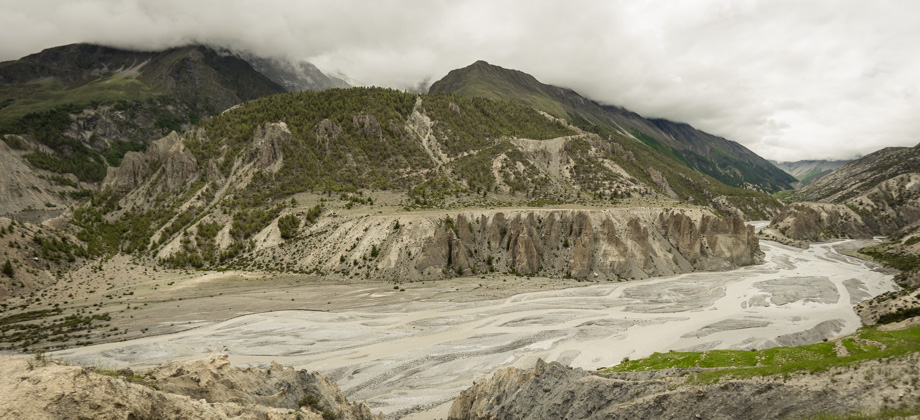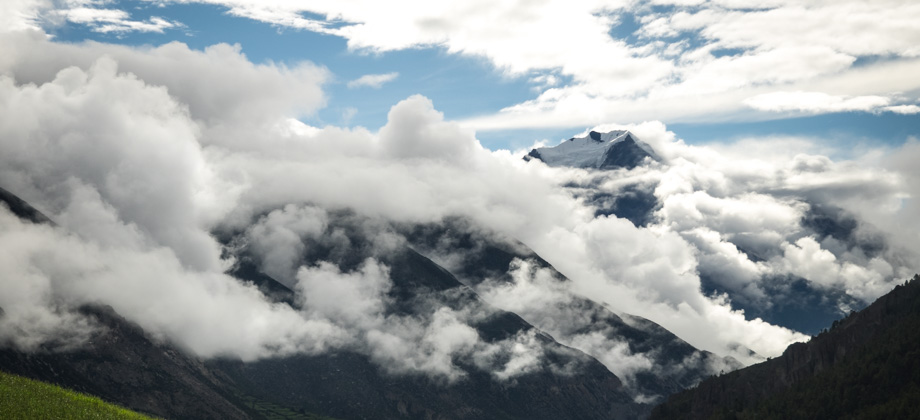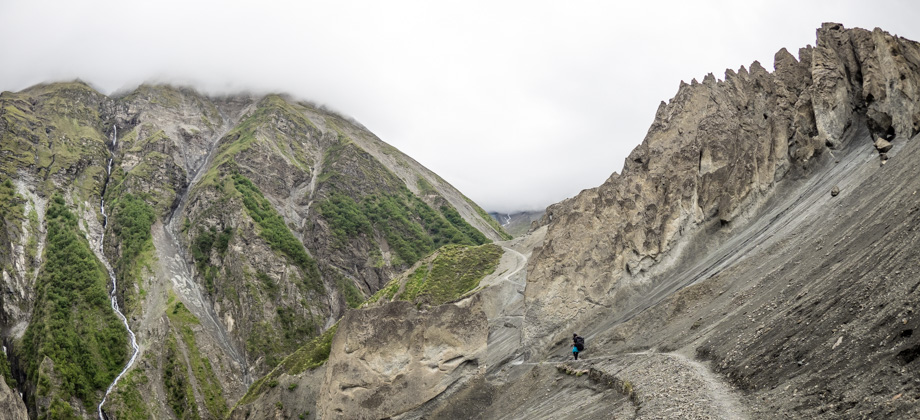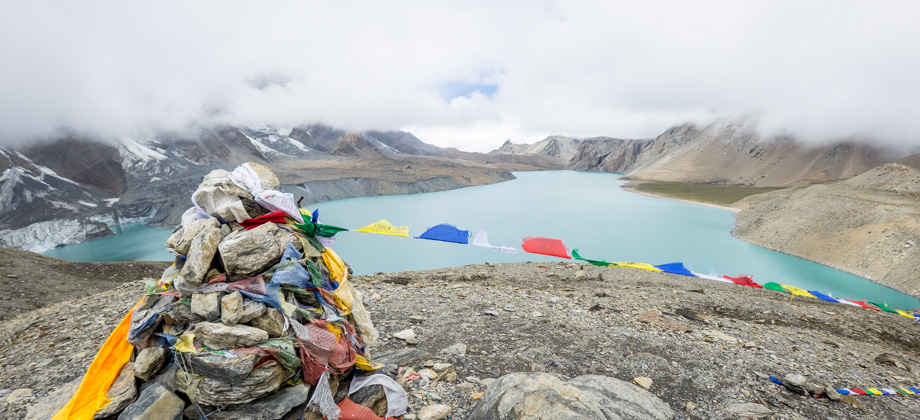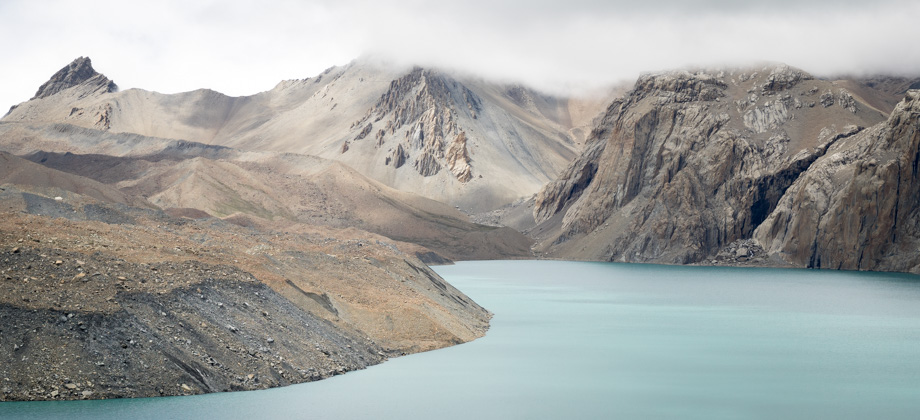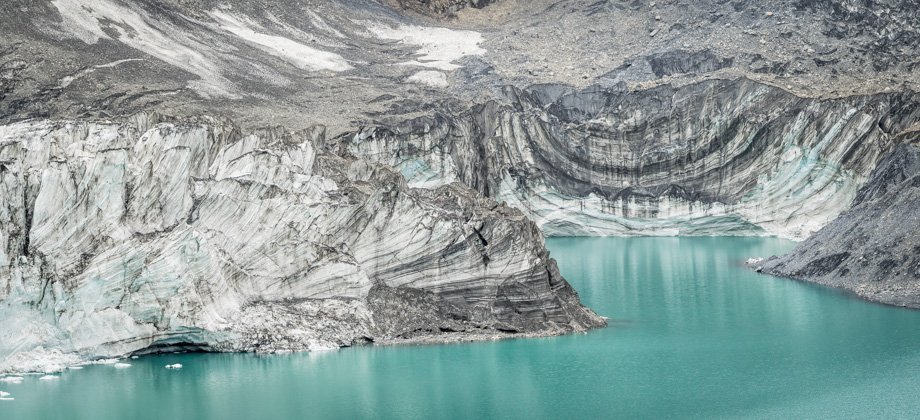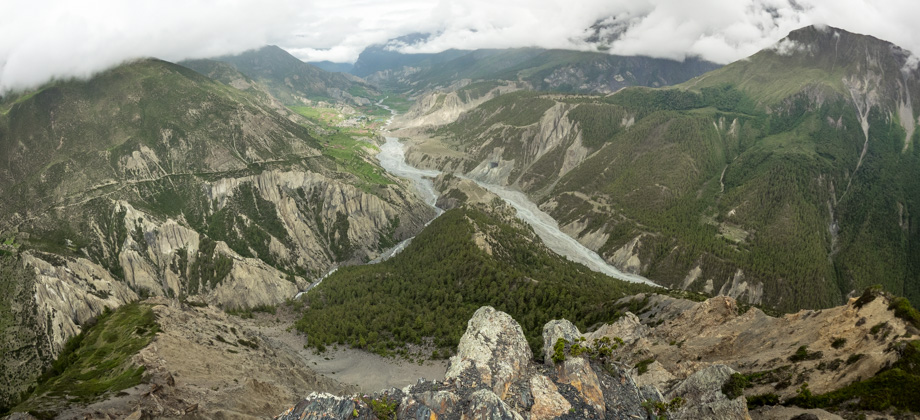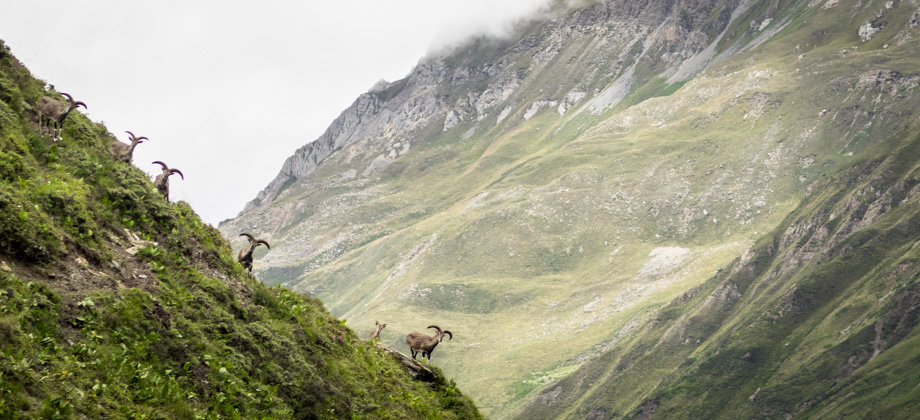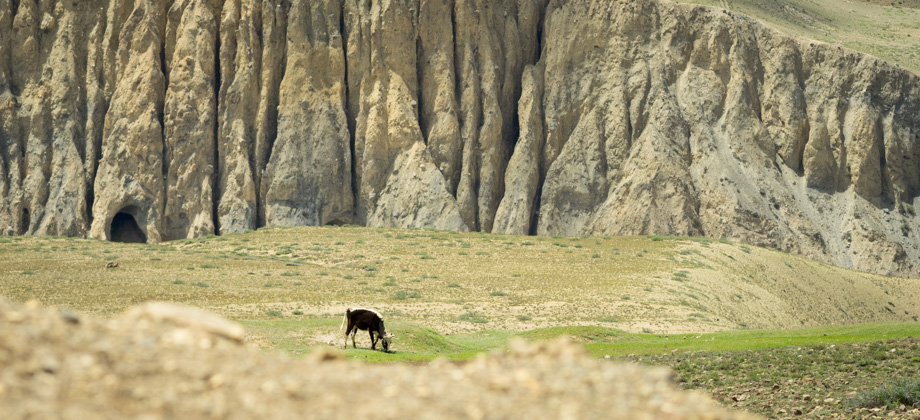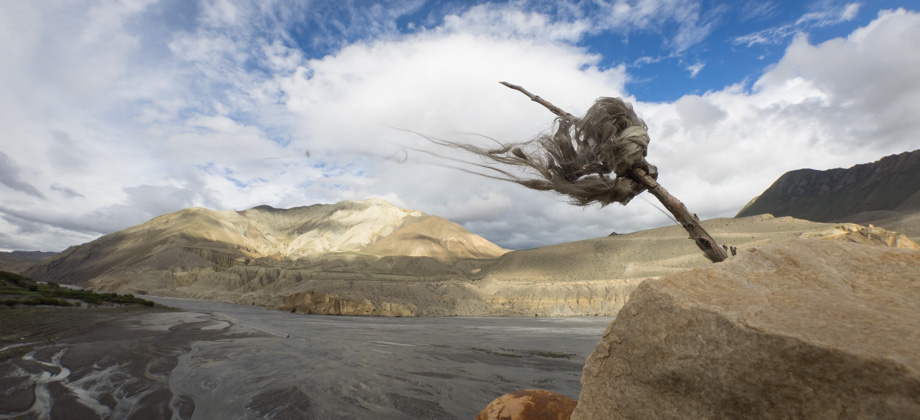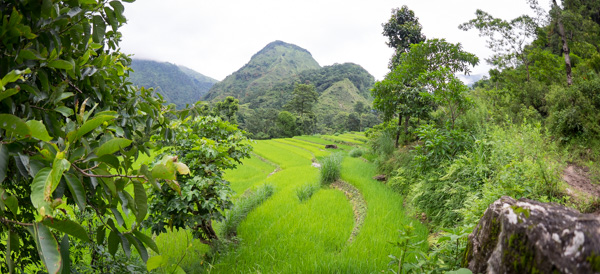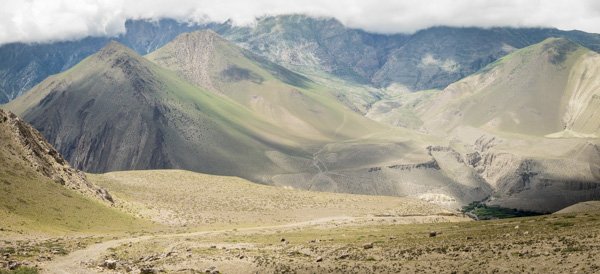Annapurna Circuit
Annapurna Circuit Preparation
The local buses to Besisahar ![]() (elevation : 760 m), Bhulbhule
(elevation : 760 m), Bhulbhule ![]() (elevation : 840 m), and to Pokhara
(elevation : 840 m), and to Pokhara ![]() , leave from the Naya ("New") Bus Park, which is also known as Gongabu Bus Park
, leave from the Naya ("New") Bus Park, which is also known as Gongabu Bus Park ![]() . The TIMS & ACAP counters on the other hand, are not only located in Maligaon, but can also be found at the Nepal Tourism Board
. The TIMS & ACAP counters on the other hand, are not only located in Maligaon, but can also be found at the Nepal Tourism Board ![]() near Ratna Park, which is located just east of Thamel. As such, we decided to find a hotel somewhere in between Naya Bus Park and Thamel so that everything was within walking distance. Hotel Rising Home
near Ratna Park, which is located just east of Thamel. As such, we decided to find a hotel somewhere in between Naya Bus Park and Thamel so that everything was within walking distance. Hotel Rising Home ![]() turned out to be just perfect.
turned out to be just perfect.
I really wish I had discovered Hotel Rising Home sooner, as it would have saved me a great deal of time and hassle on all my trips to Nepal over the years. The hotel has great value (NPR1070 per night for a room for two), is strategically located for those who plan to take the local buses that head westward and who do not mind walking around, and most importantly, is neat and clean. Chandan, the owner, speaks excellent English and is helpful and very willing to impart information and stories from his seven years of guiding experience.
Hotel Rising Home
Contact Person: Chandan (Owner)
Address: Rayamajhi Marga, Kathmandu 44600, Nepal
Telephone: +977 1-4389373
Fax: +977-01-4389373
Email: info@hotelrisinghome.com
Getting There
Getting to the Nepal Tourism Board from Hotel Rising Home is relatively straightforward. First head south towards Thamel and begin veering east towards the Garden of Dreams, and past all the air-conditioned stores of all the branded outdoor gear outlets. Turn right when you reach Kanti Path and head southward toward Ratna Park. The Nepal Tourism Board lies on the eastern side and a little further south of Ratna Park. The walk should take you about half an hour.
Equipment
The items that I brought with me were almost identical to what I had brought on the Annapurna Base Camp trip. I did make a few changes to the list however, since it was summer (monsoon) this time around, such as omitting the Outdoor Research Stormtracker Gloves, and replacing the Mountain Designs Firefly Softshell Jacket with the Mountain Designs Monsoon 13 GTX Rain Jacket. Since I was planning to use my Olympus M.Zuiko Digital ED 8mm f/1.8 FE PRO to take CFWA (Close Focus Wide Angle) shots, I decided to bring the Olympus M.Zuiko Digital ED 75mm f/1.8 instead of the Olympus M.Zuiko Digital ED 60mm f/2.8 Macro for increased reach when shooting close-ups of the distant mountains.
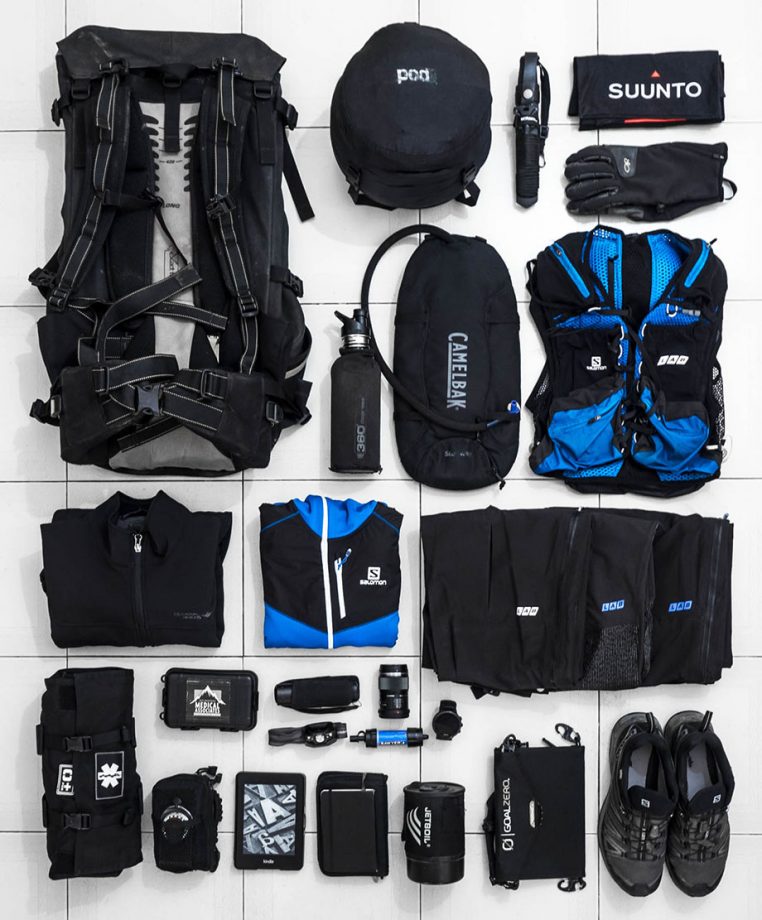
| 01.One Planet Strezlecki (85 l) (Gridlock Waterproof Canvas) 02.OEM Sleeping Bag (Gore Dry Loft, 80% goose down 700 fill, -20 degrees rating) 03.Morakniv Garberg (Bushcraft Knife) 04.Suunto Buff 05.Outdoor Research Stormtracker Gloves 06.360 Degrees Stainless Steel Bottle 07.Camelbak StoAway 08.Salomon S-Lab Peak 20 (20 l) 09.Mountain Designs Firefly Softshell Jacket 10.Salomon S-Lab X Alp Mid Hoodie (Mid Layer) 11.Salomon S-Lab X Alp Pro Pant 12.Blackhawk Medic Roll (Expedition-grade Medical Kit) | 13.Epinephrine Kit 14.LED Lenser P7.2 15.Olympus M.Zuiko Digital ED 60mm f/2.8 Macro 16.Black Diamond ReVolt Headlamp 17.Sawyer Mini Water Filter 18.Suunto Spartan Ultra All Black Titanium 19.Survival Kit with Suunto A-10 Compass 20.Kindle Paperwhite 21.Travel Documents & Notebook 22.Jetboil Zip (Ultra-portable cooking system) 23.GoalZero Guide 10 Plus Solar Kit 24.Salomon X-Ultra 3 GTX (reviewed here) | |||
Please note though, that the image does not include the food that I brought with me, as well as the camera that was used to take the photo (Olympus OM-D E-M1 with the Olympus M.Zuiko Digital ED 8mm f/1.8 FE PRO). The full list of all the equipment that I own and use can be found on my '100 item list'.

Since I already had Dexamethasone and Acetazolamide, I decided to drop by one of the pharmacies in Thamel just to stock up on Nifedipene (NPR35), in order to complete my array of high-altitude medication. Nifedipene is a medication that is used for High-altitude pulmonary edema (HAPE), which is a dangerous condition where fluid leaks from the capillary beds in the lungs and into the alveoli. The drug is said to work by reducing pressure by relaxing the heart muscles and blood vessels. Of course, medication is nowhere near as effective as immediate descent to lower elevations when treating AMS, HAPE, and HACE. Immediate descent is always the definitive treatment.
Annapurna Circuit Permits
The TIMS and ACAP permits are the only other permits that you will need other than the Nepal visa itself, which costs USD40 (NPR4400) for 30 days. We arrived at the Nepal Tourism Board before 14:00, just as the staff were returning from their lunch break. The office was very large with relatively clean toilets as well as drinking water dispensers, so we took the opportunity to refill our 3-litre water bladders to the brim. The Nepal Tourism Board even had a photo exhibition at that time that was in conjunction with the International Day of the World's Indigenous Peoples. The exhibition showcased the cultures and traditions of the various indigenous communities that are found in Nepal, and highlighted their plight and marginalisation.
The application processes for the permits were extremely fast. We filled up two forms and had them ready by the time the counters had reopened. Unlike in Pokhara ![]() , the centre had no service for passport photos, so we had obtained a set of four beforehand. We first went to the ACAP counter and made the payment of NPR2300, and then made our way straight to the TIMS counter (NPR2000). A minute or two later we were done!
We then made our way back out and had 'lafing' as a snack (NPR50), before heading to Gorakhali Foodland for dinner, which was the cheapest food we could find that was close to Thamel. After a scrumptious meal of vegetable thali (NPR150) and buff momo (NPR110), we returned to the hotel to pack and to get ready for an early night's sleep.
, the centre had no service for passport photos, so we had obtained a set of four beforehand. We first went to the ACAP counter and made the payment of NPR2300, and then made our way straight to the TIMS counter (NPR2000). A minute or two later we were done!
We then made our way back out and had 'lafing' as a snack (NPR50), before heading to Gorakhali Foodland for dinner, which was the cheapest food we could find that was close to Thamel. After a scrumptious meal of vegetable thali (NPR150) and buff momo (NPR110), we returned to the hotel to pack and to get ready for an early night's sleep.

